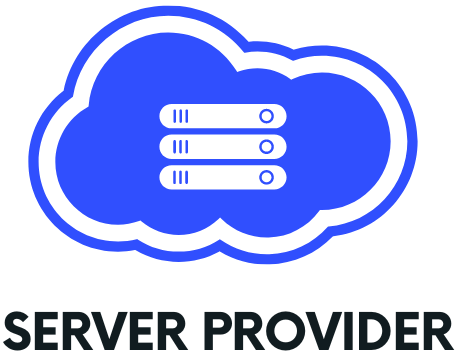As more and more businesses are adopting multi-cloud strategies, the importance of optimizing network latency for dedicated servers becomes increasingly important. Network latency, or the amount of time it takes for data to travel from one point to another, can have a significant impact on the performance and reliability of your IT infrastructure. In this post, we will explore the importance of optimizing network latency for dedicated servers in a multi-cloud environment and discuss some best practices for achieving low network latency.
What is Network Latency?
Network latency refers to the amount of time it takes for data to travel from one point to another on a network. It is typically measured in milliseconds and can be affected by a variety of factors, including the distance data has to travel, the number of network devices in the path, and the amount of congestion on the network. High network latency can lead to slow data transfer and poor application performance, while low network latency can help to improve overall network performance and reliability.
Importance of Optimizing Network Latency in a Multi-Cloud Environment
In a multi-cloud environment, dedicated servers are often distributed across multiple cloud providers and locations. This can lead to high network latency due to the increased distance data has to travel. High network latency can also be caused by the increased number of network devices and connections that are required to connect the various cloud providers.
The importance of optimizing network latency in a multi-cloud environment becomes even more critical as more and more businesses are moving their mission-critical applications to the cloud. These applications require low network latency to function properly, and any delays can lead to poor performance, lost productivity, and even lost revenue.
Best Practices for Optimizing Network Latency
Here are some best practices for optimizing network latency for dedicated servers in a multi-cloud environment:
- Choose the right cloud providers: When selecting cloud providers for your multi-cloud environment, choose providers that have multiple data centers located close to your dedicated servers. This can help to reduce the distance data has to travel and improve network latency.
- Use direct connections: Instead of using the public internet to connect your dedicated servers to the cloud, use direct connections such as VPNs or dedicated leased lines. This can help to reduce the number of network devices and connections required and improve network latency.
- Implement load balancing: By implementing load balancing, you can distribute traffic across multiple cloud providers and locations, which can help to reduce congestion and improve network latency.
- Monitor and measure network latency: Use monitoring tools to measure network latency and identify any potential issues. This can help you quickly identify and address any network latency issues that may arise.
Conclusion
Optimizing network latency for dedicated servers in a multi-cloud environment is crucial for ensuring that mission-critical applications perform well and for maintaining business continuity. By implementing best practices such as choosing the right cloud providers, using direct connections, implementing load balancing, and monitoring and measuring network latency, businesses can achieve low network latency and improve the overall performance and reliability of their IT infrastructure.

